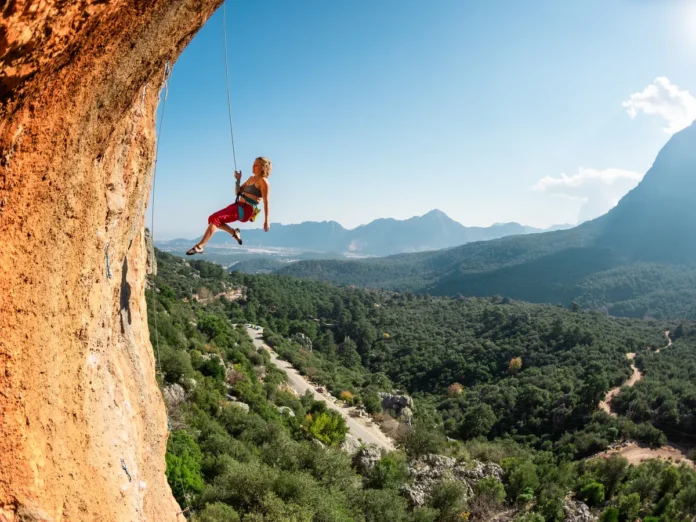Rock climbing is more than just a sport; it’s a thrilling adventure that challenges both the body and mind. From towering cliffs to rugged mountain faces, rock climbers embrace the vertical world, conquering obstacles and pushing their limits in pursuit of new heights. In this article, we’ll delve into the exhilarating world of rock climbing, exploring its history, techniques, benefits, and much more.
What is Rock Climbing?
Define rock climb as a sport and recreational activity that involves ascending natural or artificial rock formations using specialized equipment and techniques.
Brief History of Rock Climbing
Provide a brief overview of the history of rock climb, tracing its origins from early mountaineering endeavours to the development of modern climbing techniques and equipment.
Types of Rock Climbing
Introduce different types of rock climb, including traditional climbing, sport climbing, bouldering, and indoor climbing, highlighting the unique challenges and characteristics of each.
Getting Started: Essential Gear and Techniques
Essential Gear for Rock Climbing
Discuss the essential gear needed for rock climb, including ropes, harnesses, carabiners, climbing shoes, helmets, and other safety equipment, emphasizing the importance of quality gear and proper fitting.
Basic Climbing Techniques
Outline basic climbing techniques such as footwork, handholds, body positioning, and route reading, providing tips for beginners to improve their climbing efficiency and technique.
Safety Precautions and Risk Management
Emphasize the importance of safety precautions and risk management in rock climb, including proper belaying techniques, communication signals, checking gear, and assessing climbing conditions.
Benefits of Rock Climb: Physical and Mental Well-being
Physical Fitness Benefits
Highlight the physical fitness benefits of rock climb, including improved strength, endurance, flexibility, and balance, as well as cardiovascular health and calorie burning.
Mental Health Benefits
Discuss the mental health benefits of rock climb, such as stress reduction, improved focus and concentration, enhanced problem-solving skills, and increased self-confidence and self-esteem.
Connection with Nature
Explore the profound connection with nature that rock climb offers, as climbers immerse themselves in stunning natural landscapes and develop a deep appreciation for the outdoors.
Rock Climbed Community: Camaraderie and Support
Sense of Community
Highlight the strong sense of camaraderie and support within the rock climb community, where climbers encourage and inspire each other, share knowledge and experiences, and foster a welcoming and inclusive environment.
Accessible to All Ages and Abilities
Emphasize that rock climb is a sport accessible to people of all ages and abilities, with opportunities for beginners to advanced climbers to enjoy the challenge and adventure of scaling vertical terrain.
Environmental Stewardship
Discuss the importance of environmental stewardship and Leave No Trace principles in rock climb, promoting responsible climbing practices to minimize impact on fragile ecosystems and preserve climb areas for future generations.
Conclusion
Rock climb is not just a sport; it’s a transformative journey that challenges individuals physically, mentally, and emotionally. Whether scaling towering cliffs or navigating indoor climbing walls, climbers experience the thrill of adventure, the satisfaction of overcoming obstacles, and the joy of connecting with nature and community. So, grab your gear, harness your courage, and join the adventure of rock climb as you scale new heights and discover the beauty of the vertical world.




